Optimal Timing for Sprinkler System Winterization
Proper timing for sprinkler system winterization is crucial to prevent damage caused by freezing temperatures. Typically, it is recommended to schedule winterization before the first hard freeze, which varies by region but generally occurs when nighttime temperatures consistently fall below freezing. Early fall is often considered the optimal period for winterizing sprinkler systems to ensure all components are protected during the cold months.
Scheduling winterization before freezing weather prevents pipe bursts and system damage, saving costs on repairs.
Monitoring local weather forecasts helps determine the right time to winterize, especially when temperatures drop below freezing overnight.
Postponing winterization increases the risk of frozen and burst pipes, leading to costly repairs and system replacements.
In colder regions, winterization may be necessary earlier, while milder climates might allow for later scheduling.

Drain and blow out the system to remove water, preventing freezing damage.

Using specialized blow-out tools ensures thorough removal of water from pipes.

Proper winterization techniques help avoid pipe bursts caused by ice expansion.

Ways to make Sprinkler System Winterizings work in tight or awkward layouts.
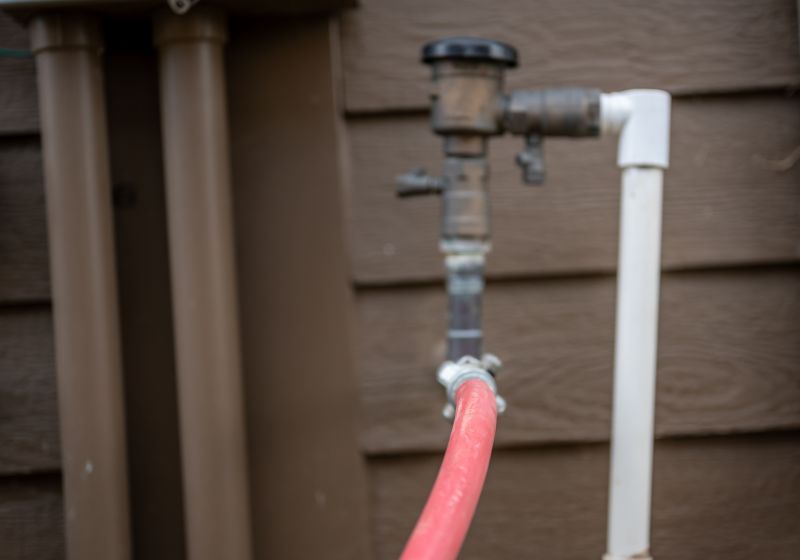
Popular materials for Sprinkler System Winterizings and why they hold up over time.
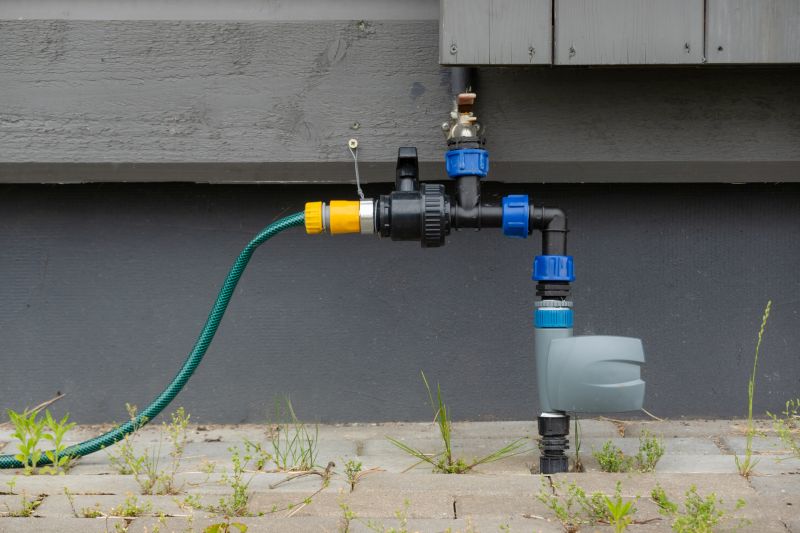
Simple add-ons that improve Sprinkler System Winterizings without blowing the budget.
| Factor | Details |
|---|---|
| Temperature trends | Consistently below freezing temperatures signal the need for winterization. |
| Local climate | Colder climates require earlier winterization compared to milder regions. |
| System usage | Systems that run frequently may need to be winterized sooner. |
| Weather forecasts | Monitoring forecasts helps determine optimal timing. |
| System age | Older systems may be more vulnerable to freeze damage. |
| Component inspection | Regular inspections can identify potential issues before winter. |
Sprinkler system winterization is a critical maintenance task that safeguards irrigation components during colder months. Proper winterization involves draining or blowing out water from pipes, valves, and sprinkler heads to prevent ice formation, which can cause pipes to crack or burst. Statistics indicate that systems not winterized properly are significantly more likely to suffer damage, leading to costly repairs and system downtime. Implementing timely winterization procedures can extend the lifespan of sprinkler components and ensure reliable operation in the following season.
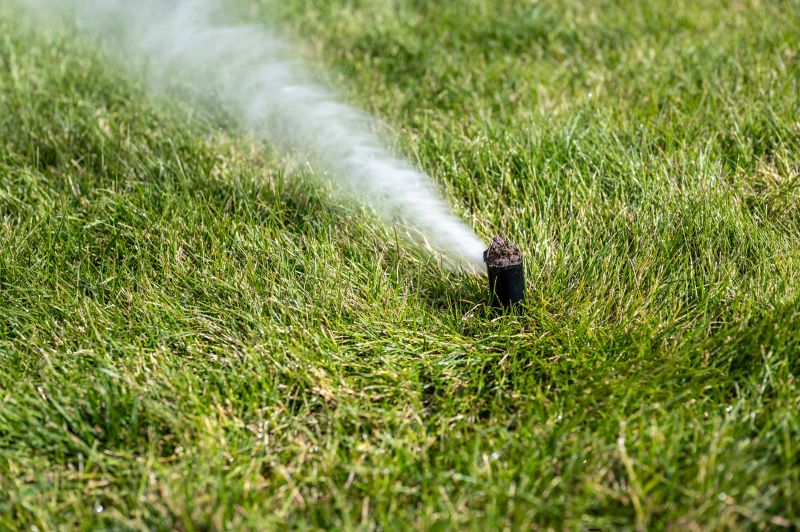
Using compressed air to remove water from pipes effectively prevents freezing damage.
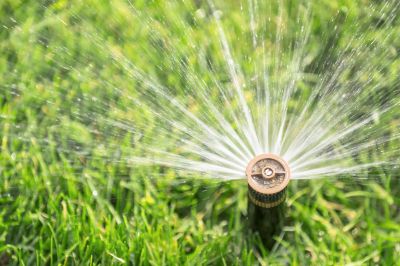
Drain valves facilitate water removal and ease the winterization process.
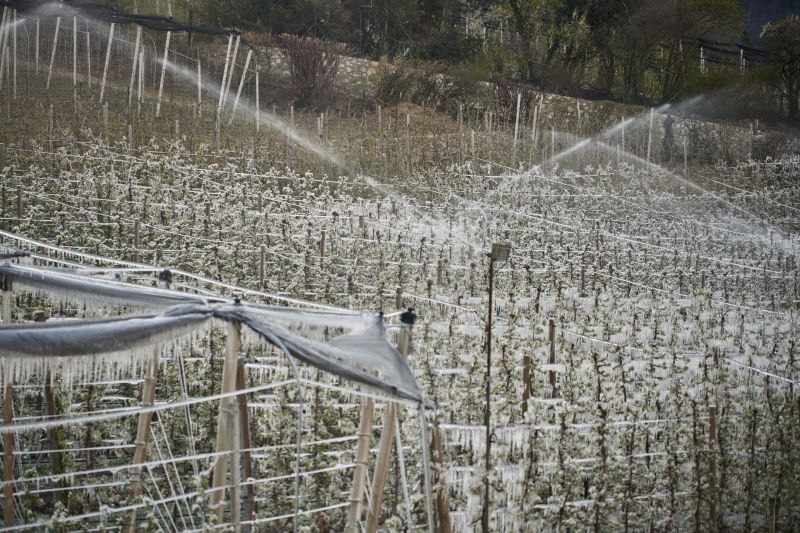
Protects sprinkler heads from ice damage and ensures proper function in spring.
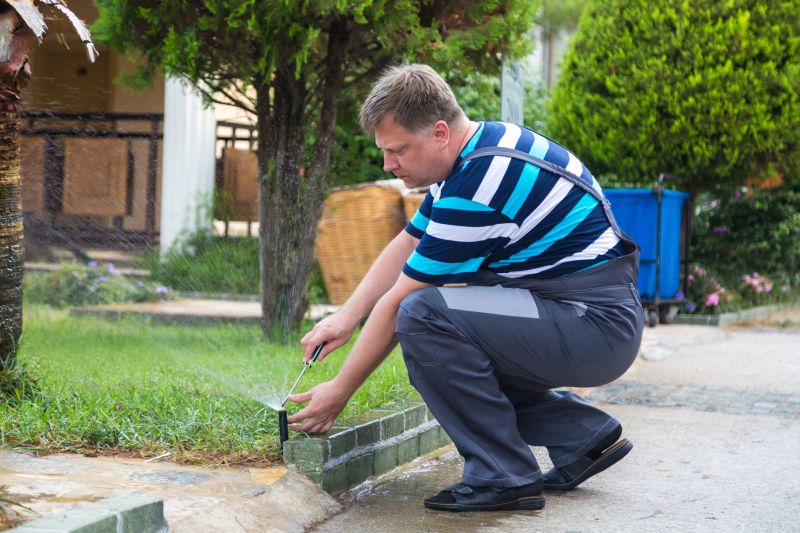
Hiring experts guarantees thorough and effective system protection.
Filling out the contact form can help schedule professional sprinkler system winterization services. Proper timing and technique are essential to prevent damage and ensure the longevity of irrigation systems. Early preparation reduces the risk of system failure during cold weather, saving time and money in the long run.
